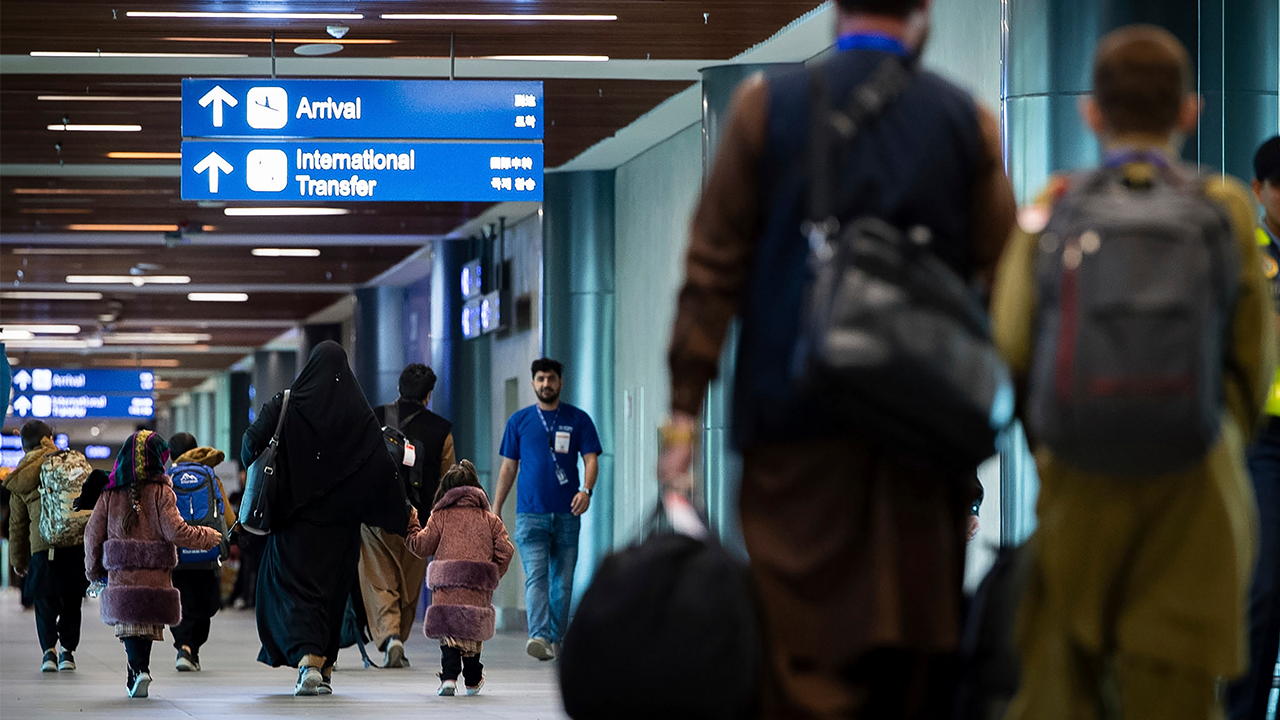“I thought I was going to lose my baby and die on the journey to hospital.”
The chilling words of Samueline Razafindravao, who had to make the harrowing hours-long trip to the nearest specialist hospital in Ambovombe town in the Androy region of southern Madagascar after it became clear she might lose her child if she did not seek urgent medical attention.
Ms. Razafindravao spoke to UN News ahead of World Health Day, marked annually on 7 April.
In a country where many babies are born at home and where a traditional midwife may be paid a chicken to deliver a baby, the decision she had to make was a momentous one.
“I tried to give birth at home because I was worried about the expense of going to hospital,” she said, “but I knew I was having too many difficulties, so I went to the local health centre.”
Health carers there recognised that she needed a more sophisticated level of care and called an ambulance from the Androy Regional Referral Hospital, a journey across a region laced with unyielding roads.
“The baby was pushing a lot and then suddenly was not moving. I thought I was going to die and lose the baby as well.”
Lack of ambulances
It’s a rare lifesaving luxury and an unusual opportunity to be able to call an ambulance in Madagascar. But, then the Androy Regional Referral Hospital is perhaps not a typical hospital in what is one of the poorest regions in one of Africa’s poorest countries.
It has developed into a specialist hospital for a range of services, including maternal health, thanks in part to the support of United Nations agencies working in the country. The United Nations sexual and reproductive health agency, UNFPA, provided one of the two ambulances the hospital has at its disposal.
The agency also supports a surgeon who carries out Caesarean sections as well as obstetric fistula surgery as well as two midwives who help with delivering babies and family planning. It has also provided incubators for premature babies and birthing kits for mothers.
Solar panels provide a reliable source of electricity to the hospital.
UNFPA’s Dr. Sadoscar Hakizimana, a surgeon who has delivered dozens of babies by Caesarian section at the hospital, believes that a concentration of maternal health services is the key to saving more lives.
“Many pregnant women, perhaps 60 to 70 per cent, who arrive here have already lost their baby because they have sought medical help too late,” he said, “but we have a 100 per cent success rate of healthy births, either natural or Caesarian, for those mothers who arrive on time, as we have a range of care options we can offer them.”
All the care is free and is complemented by other services provided by different UN agencies. The UN Children’s Fund (UNICEF) is providing nutritional and medical care for children suffering from severe acute malnutrition as well as information sessions on good nutritional practices for parents.
The World Health Organization (WHO) is providing services for people with disabilities and those with mental health challenges.
And UN Development Programme (UNDP) has worked with the hospital to install solar panels to ensure that the equipment essential to keeping people alive is not rendered inoperable by the sometimes erratic power supply from the grid.

Dr. Germaine Retofa helps a new mother to breastfeed.
Dr. Germaine Retofa, the acting Regional Director for Public Health in Androy, has overseen the integration of services at the hospital which has led, amongst other improvements, to a reduction in maternal and infant mortality as well as an increase in childhood vaccination.
“It makes sense to bring all these services together, as we can offer a more holistic approach to health care which may include maternal health services alongside nutrition advice and care for malnourished children,” she said. “It’s also easier to add additional services when we have this structure in place.”
The UN in Madagascar is focusing its resources on what it is calling “convergence zones”, which allows UN humanitarian and development-focused agencies to coordinate long-term interventions.

Young mothers recover in the maternity ward of the Androy Regional Referral Hospital .
“In these convergence zones, it’s really important to underscore that development and humanitarian actors work in partnership,” said Natasha van Rijn, the Resident Representative for the UNDP in Madagascar.
“If we allow ourselves to look at the situation in Madagascar with all the complexity it deserves, then we have a chance of addressing the needs in all their complex multisectoral dimensions,” she added.
Back at Androy Regional Referral Hospital, Ms. Razafindravao and her now four-day-old baby girl, who was ultimately born by Caesarean section, are doing well on the maternity ward. As a young mother, she is learning how to breastfeed her baby, who she has named Fandresena, and before long, she’ll make the long 200 km journey back home, but this time not in an ambulance called in an emergency.
- Strengthen resilience and adaptation to climate-related hazards and natural disasters
- Integrate climate change measures into national policies, strategies and planning
- Improve education, awareness-raising and human and institutional capacity on climate change mitigation, adaption, impact reduction and early warning
- Raise capacity for effective climate change-related planning and management in least developed countries
The UN Framework Convention on Climate Change (UNFCCC) is the primary international, intergovernmental forum for negotiating the global response to climate change.





